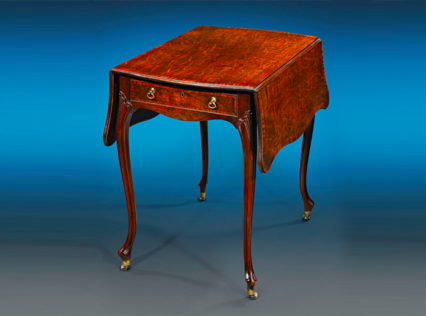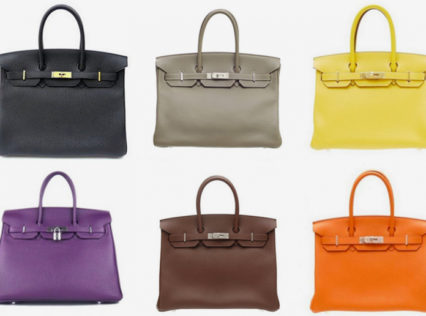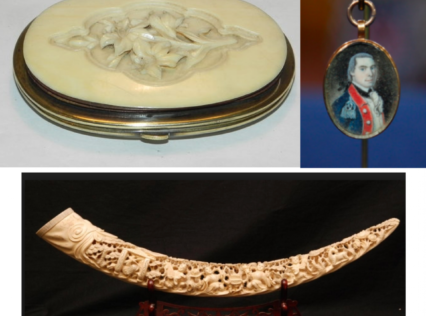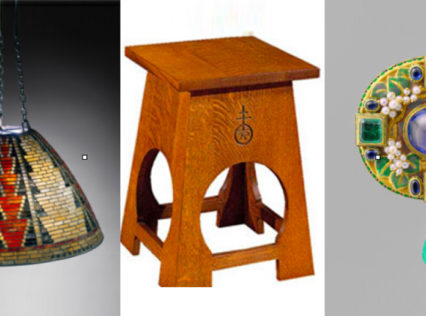Early American furniture is a category of joy in and of itself. Although it is rare now to see pieces from the 17th century – most have been collected and endowed to museums – we at The Appraisal Group get as excited as anyone on the Antiques Roadshow when they show up in routine antiques and fine art appraisals. Here’s what you need to know about American furniture, American decorative art, its styling and its valuation.
American furniture making was an essential part of the growing nation as the earliest immigrants brought few possessions – a box, perhaps, of personal mementos. Fortunately, American timber and immigrant craftsmen were plentiful.
American furniture of the early colonial period generally falls into two categories. The first is referred to as Seventeenth-Century style (1620–1690. (See today’s featured image.) It reflects the late medieval and Renaissance traditions by immigrant craftsmen. Generally made of straight oak members joined at right angles. It is sturdy and massive, with low, horizontal proportions. Visual interest was created through abundant surface ornamentation such as carvings, moldings, turnings and paint. Thanks to the use of lathes, turned furniture was cheaper to produce than joined items shaped with axes and saws.
The other style is Early Baroque, or William and Mary, style (1690–1730). This was a break-away style that produced gentler versions of furniture. For instance, chairs became more slender and vertically oriented, with tall backs and gracefully turned posts and legs. Case pieces (desks and, chests of drawers) were lifted off the floor and on turned legs. The new height was made possible by dovetailing that allowed for the use of thinner boards.

Dining tables, high chests, desks, and easy chairs of the William and Mary period mirrored the desire for comfort and luxury. Veneers, and highly figured wood glued to case fronts and table tops createe vibrant patterns and contrasting colors. Boldly turned legs and back posts of chairs created a contrast between thick and thin, straight and curved.
The William and Mary style fell out of fashion in the 1720s and was replaced by Queen Anne and Chippendale styling, which we will discuss in a forthcoming blog.
When it comes to valuation, only the very rarest and finest Early American pieces command stratospheric prices. Knock-offs, depending on quality, condition and rarity, can command decent sums given the right venue. If you think you have an item from the colonial period in America, please call The Appraisal Group. We’ll be happy to let you know.
Editor’s Note: Today’s featured image is of Seventeenth Century style furniture in the New World. Left: A highly carved oak chest possibly by William Searle and Thomas Dennis of Ipswich, MA. Center: Spindle back chair, probably made in Massachusetts, c. 1640-1680, of ash. Right: A Playmouth, MA oak cupboard decorated with white pine, white cedar, red cedar, black walnut, soft maple. (The Appraisal Group thanks Metropolitan Museum of Art for images.)






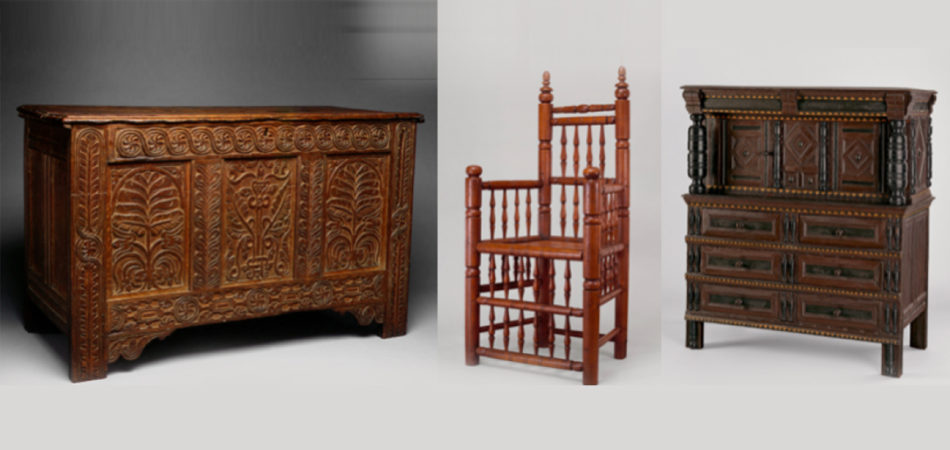
 Dec 16, 2022
Dec 16, 2022 

